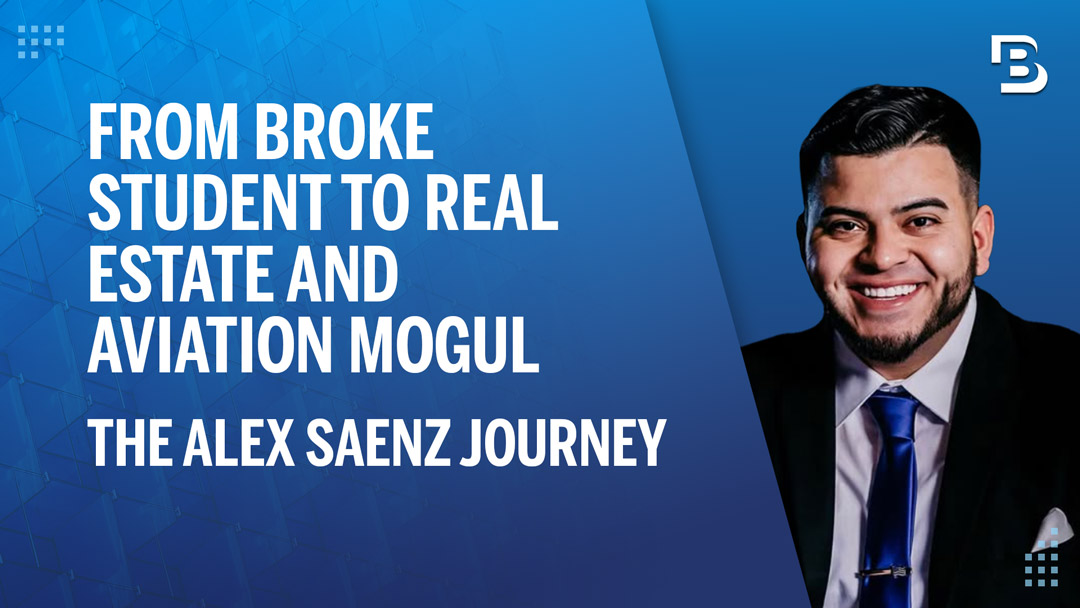Traditional wholesale real estate relies on intrepid investors finding distressed properties and assigning them to cash buyers for a fee. But what can wholesalers do when the market is cooling off and real estate investors are more hesitant to make cash purchases? They can find exactly what investors want to buy and bring those houses to them.
This process is called reverse wholesaling, and it’s a great option for your real estate wholesaling business if you find that your local market has cooled off over the past few months.
What is reverse wholesaling?
One of the most common criticisms of wholesaling is that it presents the risk of signing a contract on a property that no one wants. While this isn’t too concerning for most wholesalers when the market is hot, it can be a very real concern when the market starts to cool down.
If you find yourself stuck in this position, you could end up forfeiting your earnest money or even being required to buy a house, depending on the state where you’re working.
Reverse wholesaling removes this danger from the equation. In this approach, wholesalers work with their cash buyers to determine the kind of property the buyer wants, and then they go find it at a below-market price.
This approach may seem too targeted, but many investors are finding success with it because it focuses their approach. Instead of grasping at straws and looking for anything that will sell at a discount, investors can target their efforts and devote their marketing budgets to the real estate investments they know cash buyers want.
How to reverse wholesale real estate
Reverse wholesaling is identical to traditional wholesaling; the process is just flipped on its head. Instead of starting by identifying motivated sellers, you start by asking cash buyers what they want to buy.
Nathan Payne, owner of Offer on Homes, has turned to this method almost exclusively and highly recommends it, especially for new wholesalers.
“I think brand-new real estate investors need to find buyers first because most of them will just go out and try to find deals. But they don’t know what a deal is or who they can sell it to, so they waste a lot of time. What I’m telling people and what I do is get really close with 10 people. Take your 10 cash buyers out to lunch, talk to them on Zoom, and find out exactly what they want. Then you’re going to have a way better understanding of how to make money if you know the end buyer that’s actually going to pay you for what they want.”
If you’re ready to take this more targeted approach, you need to start by finding the 10+ buyers you want to work with. You can find them at real estate meetups, foreclosure auctions, or with real estate lead generation software that offers cash buyer data.
Once you have a list of cash buyers you want to work with, start learning about their investing preferences. As Nathan Payne recommends, take them out to dinner or spend time getting to know them on a video call. Find out what they’re looking to add to their portfolio, including all the important property features they’re interested in. While you’re at it, ask them what they don’t want so you know what to avoid.
Once you have a good understanding of what a buyer is looking for, it’s time to find a property for them. This step may seem like a needle in a haystack scenario, but it’s easier than you might think as long as you have a real estate app you can trust. With it, you can easily search for properties that have all the features and characteristics your buyers are looking for.
Of course, to get these properties at the right prices, you need to be able to search for more than just property characteristics. You also need to identify which of the homes matching your criteria are distressed or have a factor that’s motivating the owner to sell.
Platforms like BatchLeads have quick filters that will further focus your search on the right properties by filtering based on numerous financial distress factors. Some popular options include pre-foreclosures, bankruptcies, and tired landlords. You can also select multiple distress factors if you want to create a broader list.
Why you should reverse wholesale in today’s real estate market
As you’ve likely experienced first-hand, the last few months have created hesitancy among many cash buyers. That doesn’t mean there aren’t opportunities, it just means successful real estate investors are erring on the side of caution and buying only the rental properties and flips they can rely on.
Some real estate wholesalers are also reporting that buyers are paying lower assignment fees because the turnaround time on houses has increased as well. That gives you two options: increase your output dramatically or find exactly what buyers are looking for. Either option works, but reverse wholesaling will reduce your workload and likely increase your profit per deal since buyers are typically willing to pay more for a property that meets their exact qualifications.
Reverse wholesale deals can also sell for more because you’re bringing deals to people you already have relationships with. As Nathan Payne explains, “I remember when I first started, I had deals that now instead of making $5,000 – $10,000, I would have probably made $50,000 – $100,000. But I didn’t have the relationships, so when I did bring deals to people, they knew I was new and they rocked me. They just gave me low offers and I was like ‘Oh, this must be a good deal.'”
As he explains, if you can start building relationships with cash buyers at the start, you’re going to make more money on your deals. You’ll also learn the industry a lot faster because you’ll have direct exposure to the kinds of properties that investors want to buy.
Conclusion
Reverse wholesale real estate is growing in popularity, and for good reason. It reduces workload, helps wholesalers make more money on their deals, and removes the danger of signing a contract on a property that no one wants.
Most importantly, however, it’s an antidote to the economic challenges that are increasing the difficulty of wholesaling in today’s economy. In order to win in wholesaling, you need to know exactly what you’re looking for and who’s going to buy it. Reverse wholesaling is the way to do it.



